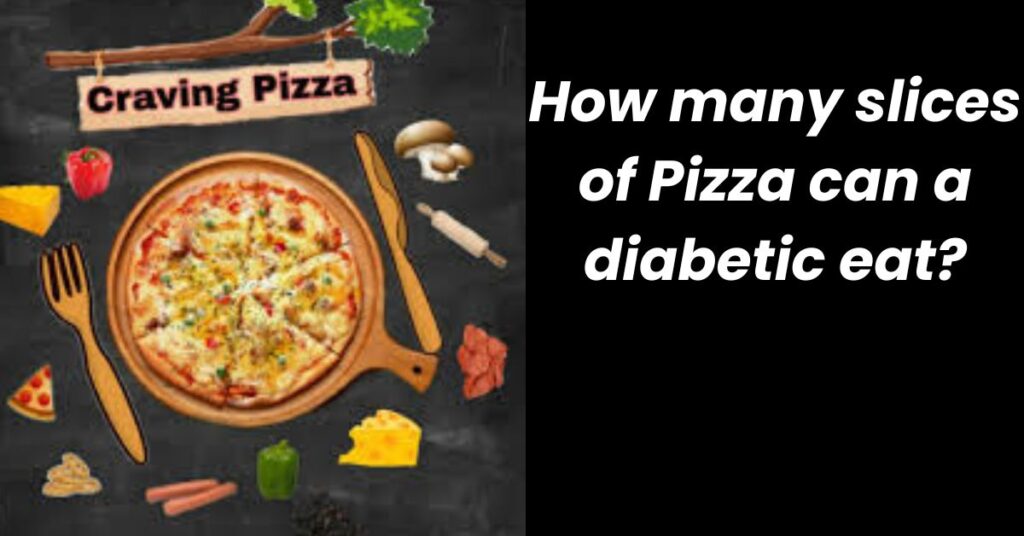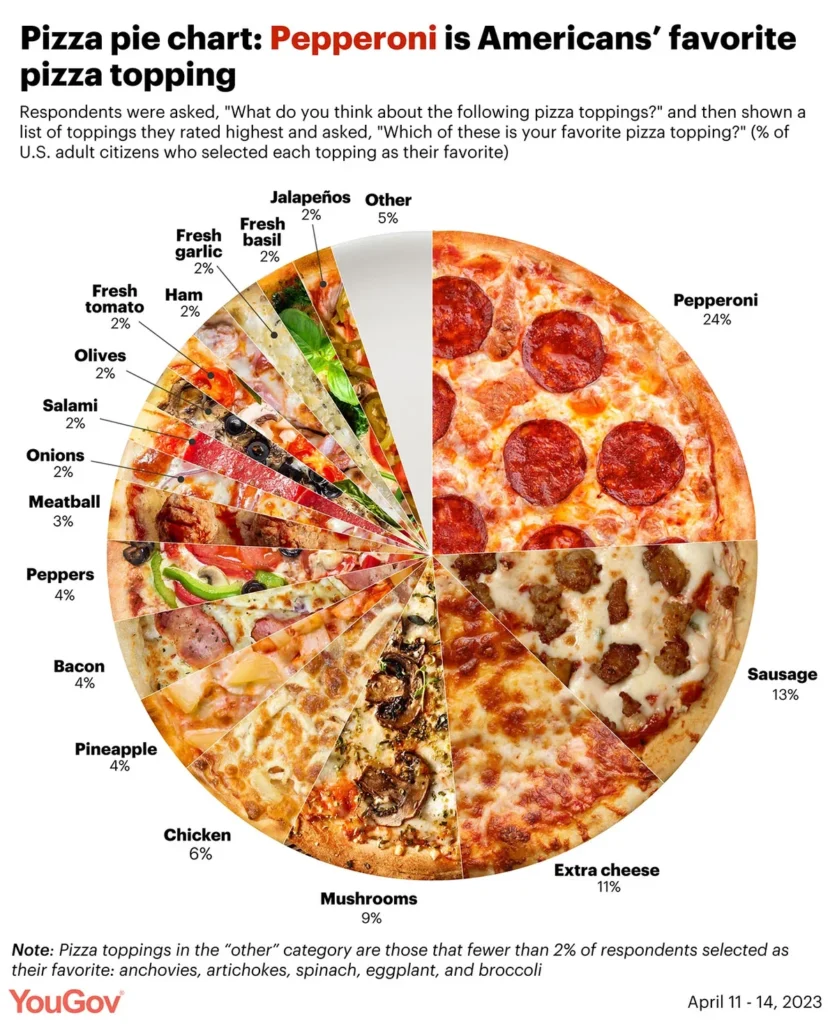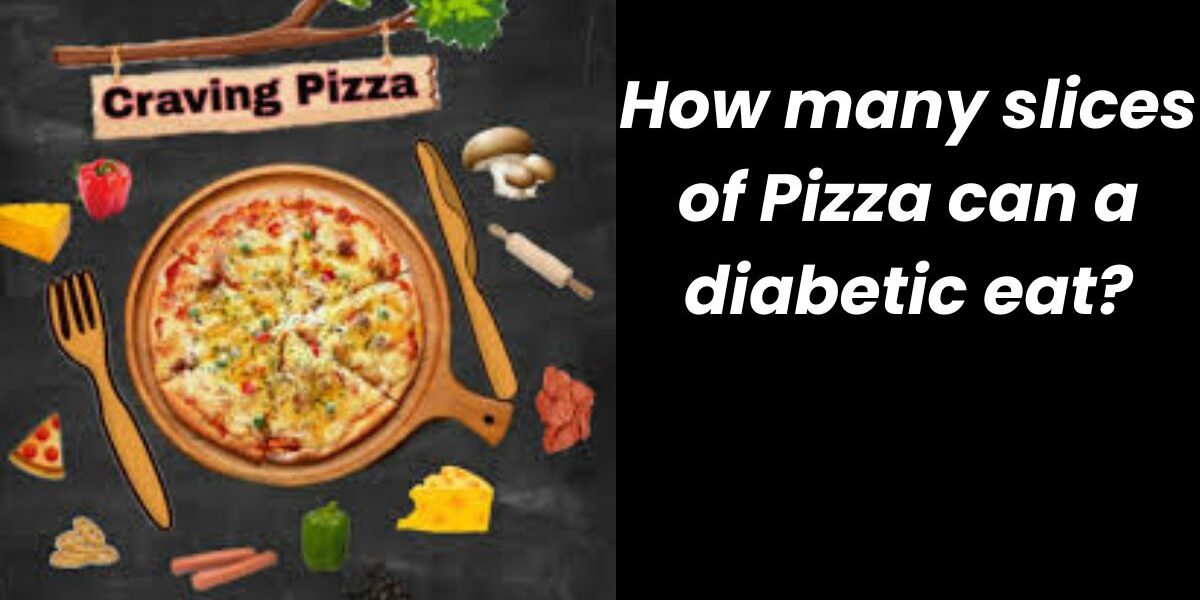
Are you a pizza lover who can never get enough of that gooey cheese and savory toppings? Do you find yourself constantly battling with the guilt of indulging in too many slices? Well, fear not, because we’ve got some good news for you! In this blog post, we’ll be revealing just how many slices of pizza can a diabetic eat? without compromising your health. So sit back, grab a slice (or two) and let’s dive into the deliciously cheesy world of pizza consumption!
Introduction
Pizza is one of America’s favorite comfort foods. And while a slice or two (or three) can hit the spot, pizza cravings can quickly get out of control. So how many slices can you safely indulge in?
The answer, of course, depends on a few factors. First, consider the type of pizza you’re eating. A standard slice of cheese pizza from your favorite pizzeria has about 250 calories, while a slice of meat lovers’ pizza can have closer to 400 calories. If you’re watching your weight, you’ll obviously want to limit yourself to the former.
Second, think about how often you eat pizza. If it’s once a week or even once a month, indulging in a couple extra slices probably won’t do much harm. But if you’re eating pizza multiple times a week (we’re looking at you, college students), then those extra slices can start to add up – and not in a good way. Take into account your overall diet and activity level. If you generally eat healthy and exercise regularly, indulging in an extra slice or two of pizza here and there probably won’t have much impact on your waistline. But if your diet is mostly junk food and you don’t get much exercise, those extra slices will likely end up making you gain weight.
So what’s the bottom line? If you’re craving pizza, go ahead and indulge – but do so in moderation.
How Many Slices of Pizza Can a Diabetic Eat?
If you’re a diabetic, you may be wondering how many slices of pizza you can eat without having to worry about your blood sugar levels. The answer depends on a few factors, such as the type of pizza you’re eating, the toppings, and your own personal blood sugar levels.
For example, if you’re eating a plain cheese pizza, one slice is probably fine. But if you’re eating a pizza with lots of toppings, or a deep dish pizza, you might want to limit yourself to half a slice.
As always, it’s important to check your blood sugar levels before and after eating anything, especially if it’s something new like pizza. If you have any concerns about how certain foods will affect your diabetes, talk to your doctor or dietitian.
Benefits of Eating Pizza in Moderation
Pizza is a delicious and versatile food that can be enjoyed as part of a healthy diet. While pizza is high in calories and fat, it can be a part of a healthy diet if eaten in moderation. Here are some of the benefits of eating pizza in moderation:
Pizza is a good source of nutrients.
Pizza is made with dough, sauce, and cheese, which are all nutritious foods. Dough is made with flour, water, and yeast, and is a good source of carbohydrates. Sauce is usually made with tomatoes, which are a good source of vitamins A and C. Cheese is a good source of protein and calcium.
- Pizza can help you reach your daily recommended intake of vegetables.
One slice of pizza typically contains one or more vegetables, such as tomato sauce, onions, peppers, or mushrooms. If you eat two or three slices of pizza per day, you can easily reach your recommended daily intake of vegetables.
- Pizza can be a part of a balanced diet.
Pizza can be part of a healthy diet if it’s eaten in moderation and paired with other nutrient-rich foods. For example, pair your pizza with a salad for lunch or serve it as an appetizer before dinner.
And choose whole-wheat crust when possible to get the most nutrients from your slice
Choosing the Right Type of Pizza for Your Diet
Pizza is one of America’s favorite foods, but it’s not always the healthiest option. If you’re watching your weight or trying to eat a healthier diet, you might be wondering how many slices of pizza you can safely eat.
The answer depends on the type of pizza you choose. A traditional cheese pizza has about 250 calories per slice, while a veggie pizza has about 150 calories per slice. If you’re really watching your calorie intake, you might want to stick with one or two slices of veggie pizza.
If you’re not as concerned about calories, you can indulge in a few more slices of cheese or meat topped pizza. Just remember that pizzas with lots of toppings tend to be higher in calories and fat, so enjoy them in moderation.
The Impact of Pizza Toppings on Blood Sugar Levels

While pizza is often thought of as an unhealthy food, it can actually be a part of a healthy diet. The key is to make smart choices when it comes to toppings. Some toppings can have a significant impact on blood sugar levels.
Pizza toppings that are high in protein and fat, such as sausage and pepperoni, can cause a spike in blood sugar levels. On the other hand, toppings that are high in fiber, such as vegetables, can help to regulate blood sugar levels.
When choosing toppings for your pizza, it is important to consider how they will affect your blood sugar levels. If you are trying to keep your blood sugar levels under control, you may want to avoid high-protein and high-fat toppings. Instead, opt for toppings that are high in fiber and nutrients.
Tips for Enjoying Pizza in Moderation
Pizza is one of the most beloved comfort foods out there, but it’s also notoriously unhealthy. If you’re trying to eat healthier but can’t seem to give up your pizza cravings, don’t worry – you can still indulge in your favorite food as long as you do so in moderation. Here are some tips for enjoying pizza without overindulging:
-Share a pie with friends or family. This way, you’ll get to enjoy a few slices without eating an entire pizza by yourself.
-Opt for a thin crust pizza. Thin crust pizzas tend to be lower in calories and fat than their thicker counterparts.
-Load up on veggies. Top your pizza with plenty of healthy vegetables to make it a more wellrounded meal.
-Limit your toppings. Stick to traditional toppings like cheese and pepperoni, and avoid excessive amounts of high-fat meats and processed cheeses.
-Go easy on the sauce. Too much sauce can make a pizza very high in calories, so be sparing with it.
By following these tips, you can enjoy pizza in moderation without feeling guilty about it later!
Conclusion
Pizza cravings can be hard to resist, but indulging in too much can do more harm than good. We hope this article has provided you with an idea of how many slices of pizza you can safely indulge in without feeling guilty or having any negative health impacts. Remember that the key is moderation – enjoy your favorite food mindfully and responsibly and your body will thank you for it!





